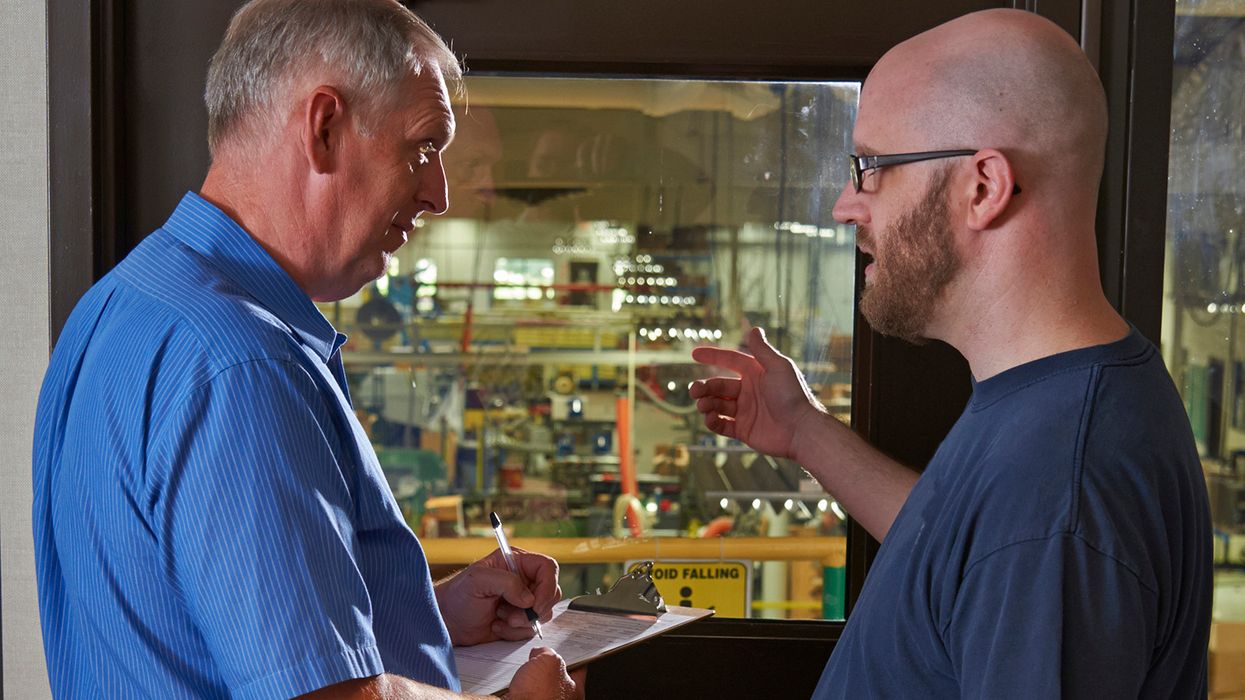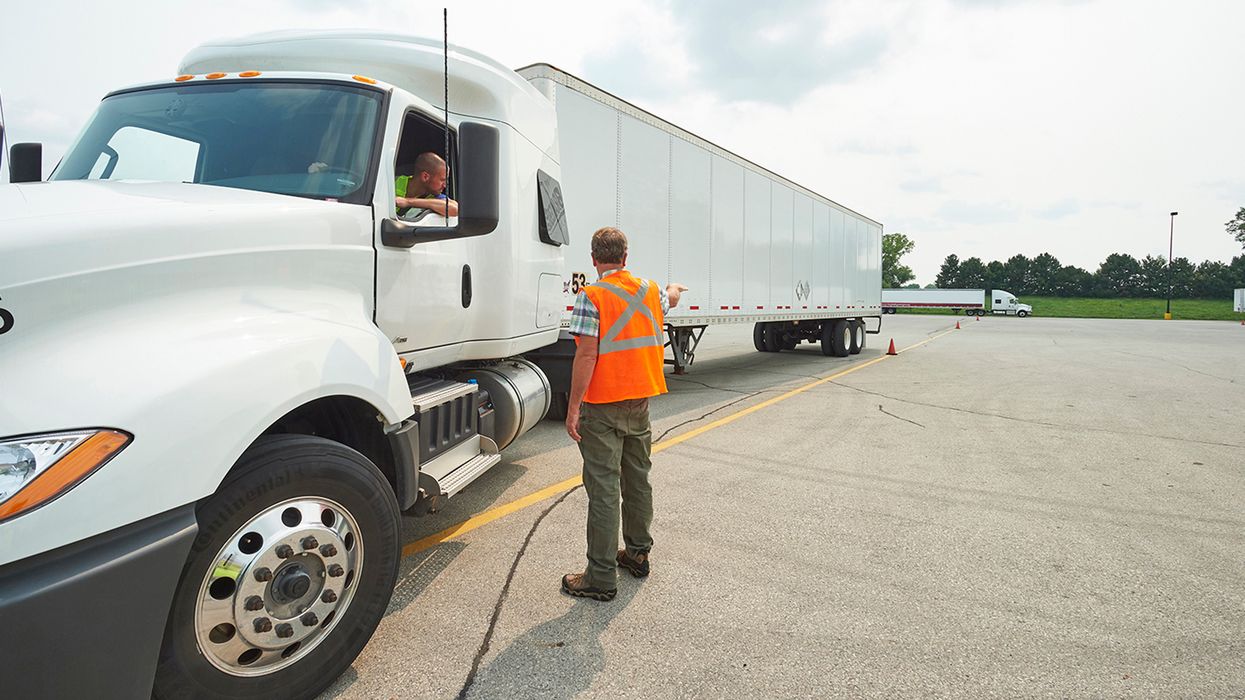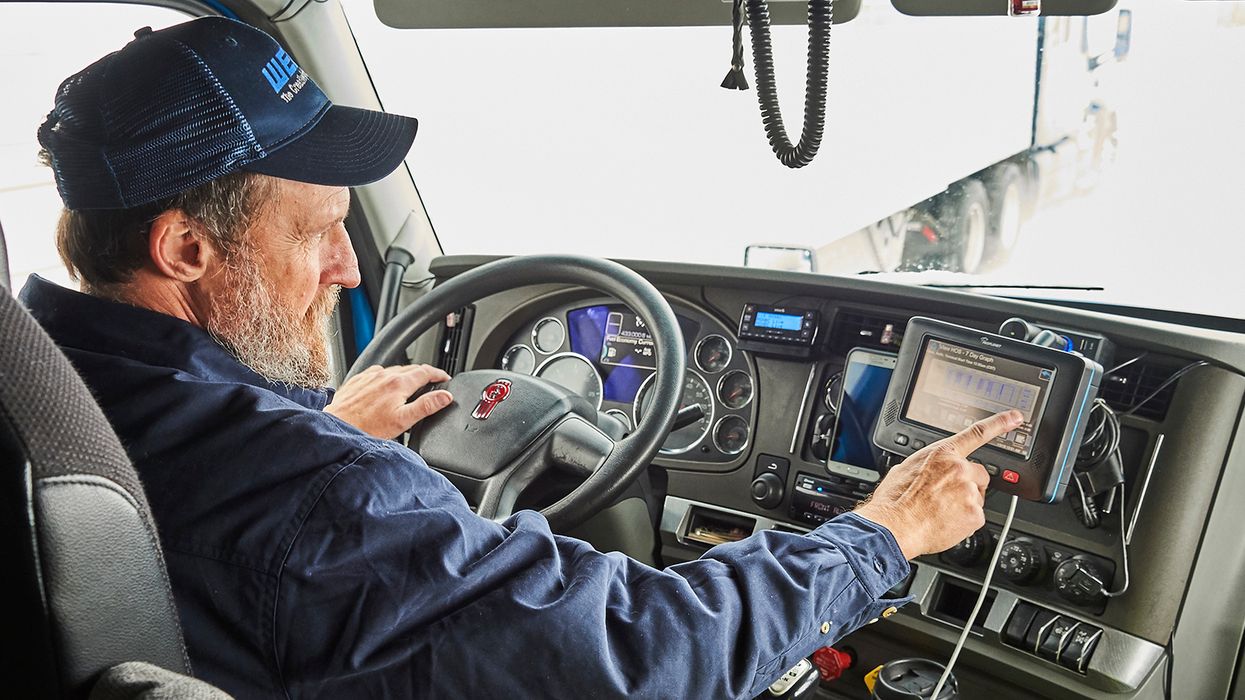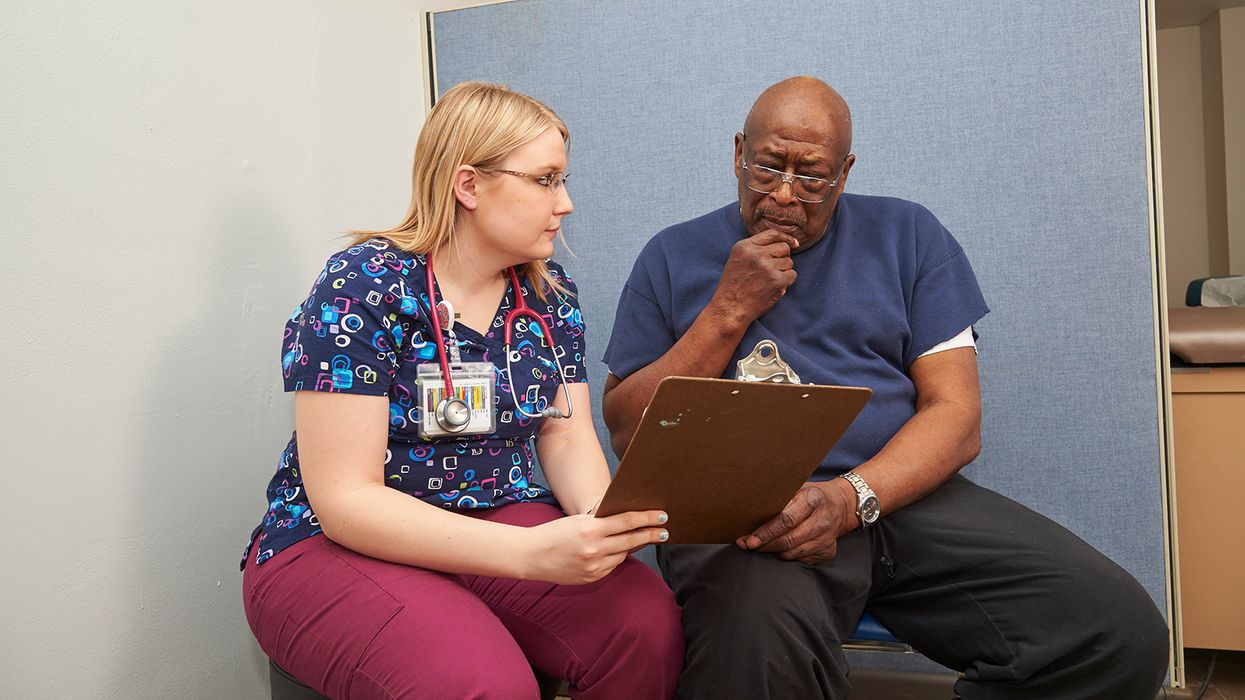Is it a rest area or a stress area?
Adequate truck parking is critical to the success of the transportation industry. But, with an estimated national average of just 1 truck parking spot available for every 11 truck drivers, research on how to expand such parking options at public rest stops has recently become a top priority.
Truck parking concerns have sparked attention at both state and federal levels, prompting the American Transportation Research Institute (ATRI) to release data in collaboration with the American Association of State Highway and Transportation Officials (AASHTO). The agencies’ joint research covers all 50 state Departments of Transportation, as well as Puerto Rico and Washington, D.C.
Truck parking research results
Findings revealed that, on average, rest areas have 19 truck parking spaces; Southern states typically had an average of 25 truck parking spaces per stop while Northeast states averaged 15 spaces.
ATRI created a dashboard that breaks down each state’s public truck parking availability, including any available safety features. The dashboard covers 47 states and is available on ATRI’s website: https://truckingresearch.org/2025/04/truck-parking-index/
The dashboard also includes:
- The number of parking spaces per 100 miles of roadway,
- The state's maintenance budget per space, and
- The ratio of public to private parking spaces.
According to ATRI’s dashboard, Florida has the most truck parking spaces available at rest stops, Indiana has the most rest area truck parking spaces per 100 miles of national highway, and Virginia has the highest annual maintenance budget per parking space.
Truck parking research efforts
National research efforts on public truck parking included:
- A joint ATRI/AASHTO survey to understand costs and provisions;
- A collection of data on issues and costs connected to land, construction, maintenance, and amenities;
- Select case studies on specific topics of interest:
- Truck parking information systems,
- Truck parking provisions for severe weather, and
- Repurposing state-owned locations for truck parking; and
- A survey on state efforts to increase parking, with over 500 driver participants.

















































